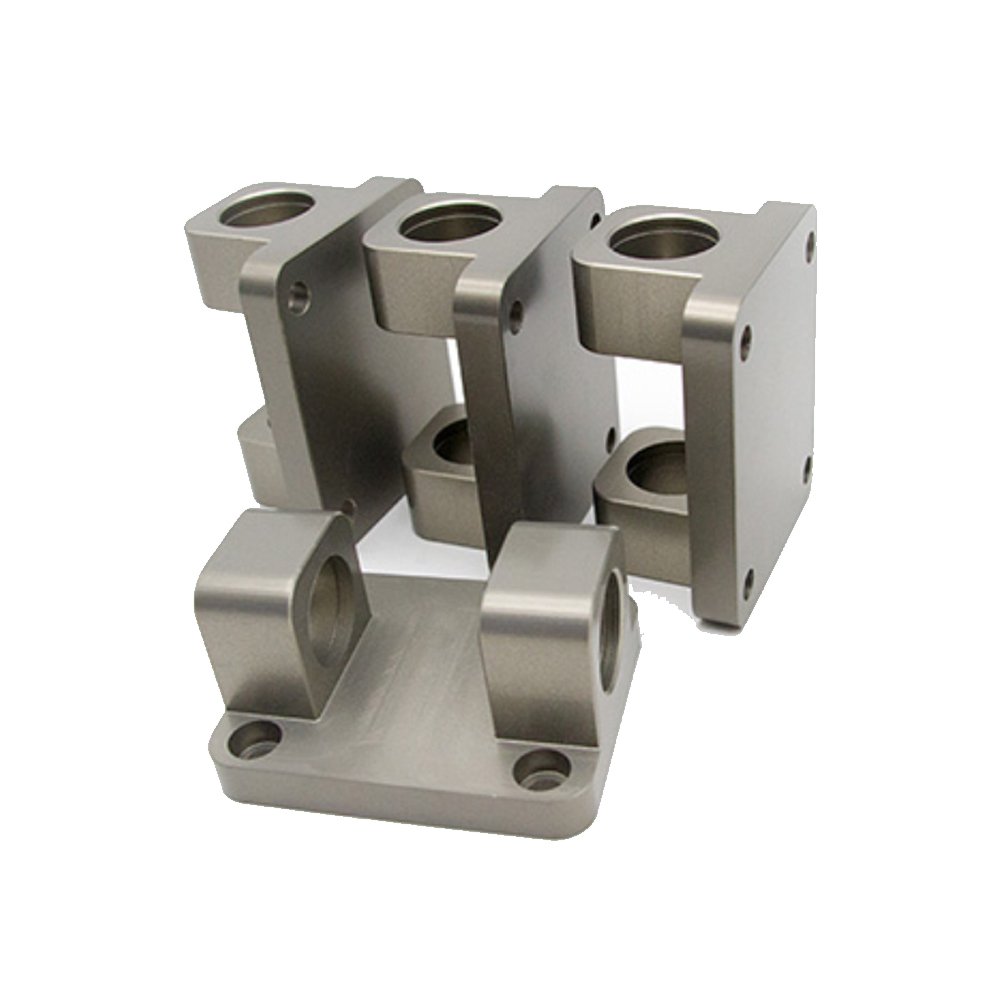Non-standard parts processing: meeting the needs of various industries
In the development of modern manufacturing, non-standard parts processing plays an important role. Whether it is mechanical manufacturing, automotive industry or aerospace, it is inseparable from the processing and application of non-standard parts. This article will introduce the relevant content of non-standard parts processing in detail, including processing technology, processing process, processing equipment and processing precautions.
Non-standard parts processing refers to the use of processing technology to manufacture parts that meet various special shapes, sizes and material requirements according to the specific requirements of customers. Compared with standard parts, non-standard parts have higher customization and adaptability. They can meet the needs of various industries for special functions, special shapes and sizes, and provide greater flexibility and creativity for product design and production.
The processes and processes of non-standard parts processing are diverse, and the processing methods used are different according to the characteristics and requirements of the parts. Common non-standard parts processing processes include milling, turning, drilling, cutting, grinding, stamping, welding, etc. These processes can be used alone or in combination to achieve the processing and manufacturing of parts through different processing processes.
In the processing of non-standard parts, the selection and use of processing equipment is very important. Different parts require different equipment and tools, such as CNC machine tools, machining centers, CNC lathes, drilling machines, milling machines, etc. These equipment can be adjusted and configured according to the characteristics and requirements of the parts to ensure processing accuracy and efficiency.
However, when processing non-standard parts, some matters need to be paid attention to. First, ensure that the parts are fully designed and planned before processing to avoid problems during the processing. Secondly, it is necessary to select suitable materials and select reasonable cutting parameters and processing methods according to the material properties. In addition, the workpiece positioning, clamping, measurement and quality inspection in the processing process also need to be strictly controlled to ensure the quality and accuracy of the parts.
In summary, non-standard parts processing has an important position and role in modern manufacturing. It can provide parts with special shapes, sizes and functions for various industries to meet the personalized needs of customers. When processing non-standard parts, it is necessary to pay attention to the relevant processes, equipment and operation details to ensure the smooth progress of the processing process and the achievement of part quality.
